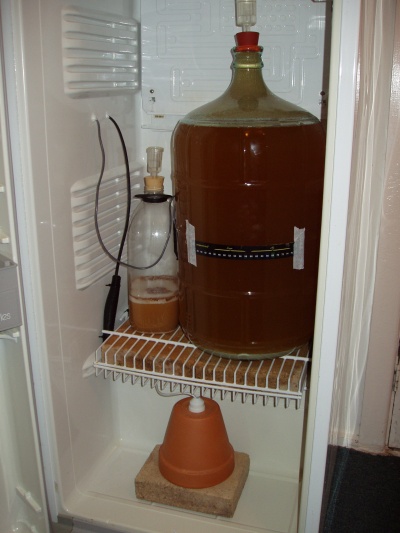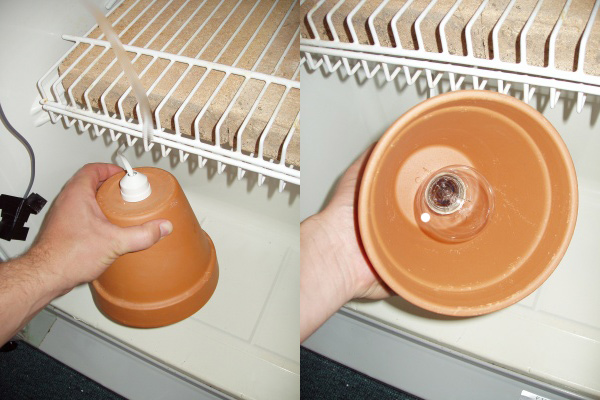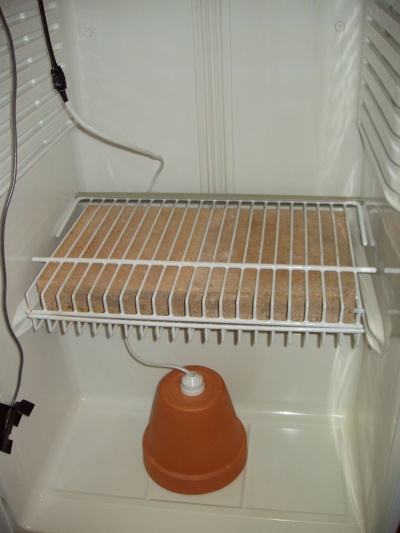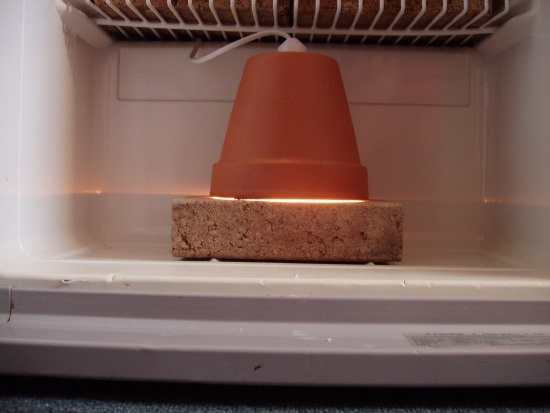reVoxAHB
Well-Known Member
- Joined
- 3/3/07
- Messages
- 1,112
- Reaction score
- 17
Hi Gang,
I'm interested in learning more about light striking of beer, as preventative measure. From what I've grabbed in my books and via google:
General Definition of Light Strike:
When a beer comes in contact with light and becomes 'skunky' it is said to have suffered light strike. This condition can occur quite quickly, after as little as 30 minutes in bright sunlight. Beer has traditionally been put in brown bottles to reduce exposure to light.
Technical:
Skunking occurs when rays of ultraviolet light strike hop-derived molecules called isohumulones, which give beer its distinctive bitter taste. By breaking a bond that bridges two parts of the isohumulone molecule, light creates two new compounds. The smaller one binds to sulfur atoms from nearby proteins to create what Zare calls "essence of skunk" -- not exactly the same foul-smelling chemical that gives skunks their swagger, but close. The compound is so potent that even amounts in the parts-per-trillion range can ruin a beer. source: Stanford Report, November 2, 2001
"Chemistry professor explains the 'fizzics' of beer" http://news-service.stanford.edu/news/2001...7/beer-117.html
I know it's pretty simple: keep your conditioning bottles out of direct light, preferably in a dark cellar or cupboard, etc.
But what about indirect sunlight? Like natural light bouncing around a liquor store/bottle shop/my kitchen?
What about both direct and indirect light coming off of a light globe (artificial source)?
I've recently installed a light globe to my fermentation fridge, with some great suggestions from other AHB members with how to "cover/blacken" the globe.
Was considering inserting the globe to a terracotta pot. Wondering if the little bit of indirect artificial light coming off a 40 or 60W clear globe, bouncing around the inside of the fridge, would have the strength to strike beer fermenting in a GLASS clear carboy?
Cheers,
reVox
I'm interested in learning more about light striking of beer, as preventative measure. From what I've grabbed in my books and via google:
General Definition of Light Strike:
When a beer comes in contact with light and becomes 'skunky' it is said to have suffered light strike. This condition can occur quite quickly, after as little as 30 minutes in bright sunlight. Beer has traditionally been put in brown bottles to reduce exposure to light.
Technical:
Skunking occurs when rays of ultraviolet light strike hop-derived molecules called isohumulones, which give beer its distinctive bitter taste. By breaking a bond that bridges two parts of the isohumulone molecule, light creates two new compounds. The smaller one binds to sulfur atoms from nearby proteins to create what Zare calls "essence of skunk" -- not exactly the same foul-smelling chemical that gives skunks their swagger, but close. The compound is so potent that even amounts in the parts-per-trillion range can ruin a beer. source: Stanford Report, November 2, 2001
"Chemistry professor explains the 'fizzics' of beer" http://news-service.stanford.edu/news/2001...7/beer-117.html
I know it's pretty simple: keep your conditioning bottles out of direct light, preferably in a dark cellar or cupboard, etc.
But what about indirect sunlight? Like natural light bouncing around a liquor store/bottle shop/my kitchen?
What about both direct and indirect light coming off of a light globe (artificial source)?
I've recently installed a light globe to my fermentation fridge, with some great suggestions from other AHB members with how to "cover/blacken" the globe.
Was considering inserting the globe to a terracotta pot. Wondering if the little bit of indirect artificial light coming off a 40 or 60W clear globe, bouncing around the inside of the fridge, would have the strength to strike beer fermenting in a GLASS clear carboy?
Cheers,
reVox








